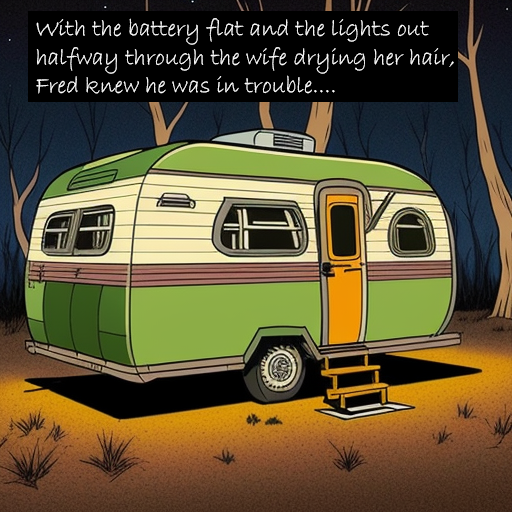Working through the hassle of battery sizing.
Battery sizing for your touring setup
Trying to figure out what size lithium battery you need for your camping holidays can sometimes be a bit tricky.

No one wants to rely on noisy generators or limited access to main power, so today we’re diving into the world of lithium battery capacity for caravans, camper trailers, and camping.
First of all, let’s break down what lithium battery capacity actually means.
It refers to the amount of electrical “energy” that a lithium battery can store, and in Australia, is traditionally measured in amp-hours (Ah). The more capacity a battery has, the more “Amp hours” is has, the more energy it can store and the longer it can power your camping essentials, like lights, fridges, and charging devices.
So, how do you choose the right capacity for your camping setup?
It all comes down to how much power you need and how long you want to use it without having to recharge(Via solar, a DCDC charger or the mains)
A good starting point is to add up the power requirements (generally in watts) of all the devices you want to use, and then multiply that number by the number of hours you need to use them. This will give you a rough estimate of the capacity you need in watt-hours (Wh).
If you want to know “what size battery do i need to run a 12v fridge?” Keep in mind that depending on the ambient temperature most portable / caravan fridges don’t run all the time, so you might only need to factor in 50% – 80& of their power requirements.
Its also a good idea to build in a 20% buffer to help extend the life of your battery. (No battery likes running flat) So, simply take your estimated watt-hours and multiply by 1.2 to account for this extra reserve.
But how do you convert watt-hours to amp-hours?
The simple formula to convert Wh to Ah is Ah = Wh / voltage.
For example, if you have devices that consumes 300W, and you would like to run them for 2 hours. They would consume 600Wh (300W x 2 hours = 600Wh). With a 20% buffer, you would now need 720Wh (600Wh x 1.2 = 720Wh).
If we divide that by the voltage of your system (usually 12v) (720Wh / 12 = 60ah) it means you would need to 60ha battery to do what you need.
Let’s take a look at a real-life example.
Say you have a fridge that runs on 60W (Or 5 amps) and you want to run it for 24 hours. Lest say you are in the NT and its 43c, so that fridge will run flat out, you would need 1440Wh (60W x 24 hours = 1440Wh).
And, with a 20% buffer, you would now need 1728Wh (1440Wh x 1.2 = 1728Wh). That’s equivalent to 144Ah (1728Wh / 12V = 144Ah).
With a little bit of time and some basic math,
you can (hopefully) grab yourself the correct size lithium battery for all your camping needs. By adding a 20% buffer to your calculations, you’ll not only ensure you have enough power for edge cases, but also help extend the life of your battery. So, whether you’re going off the grid for a few days or setting up a long range touring setup, make sure you have the right capacity to keep you powered up and ready for adventure.
If you need help with your speccing your electrical system, please feel free to reach out. I do offer a (cheap) consulantancy service for exactly this. I am totallly brand agnostic, and will only recommend the best solution (in my opinion) for your particular circumstance.
Happy camping!
